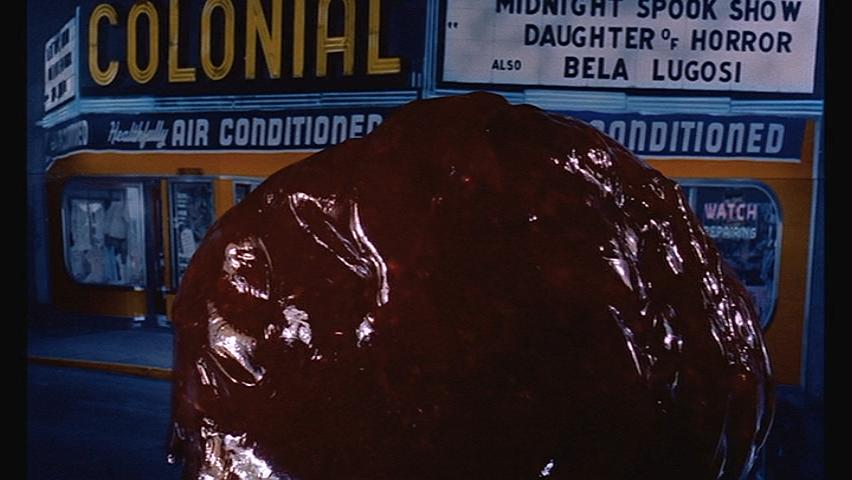 It has been said that art imitates life, but with the symbiotic relationship between the two, and the strong influence of various facets of art on popular culture, many times the influence moves in the other direction. This was illustrated over the last week or so in which it could be said that life imitates sci fi art.
It has been said that art imitates life, but with the symbiotic relationship between the two, and the strong influence of various facets of art on popular culture, many times the influence moves in the other direction. This was illustrated over the last week or so in which it could be said that life imitates sci fi art.
First, we had a disturbing story that the military has developed a robot that can refuel itself through the consumption of biological material, including human corpses. As WIRED reported,
researchers at Robotic Technology say the robots will collect organic matter, which “could” include human corpses, to use for fuel. But if you picked up anything on flesh-eating robots over the years you know they’ll ignore that tasty soybean field and make a chow line right to the nearest dead body. And, if the machines can’t find enough dead people to eat, they can always make new ones.
Of course this brings images from The Matrix to mind with humans serving as living batteries for machines, as well as Terminator-esque type machines as well. And if this wasn’t bizarre enough, TIME magazine is reporting on a mysterious mass organism found floating in the Arctic in a story that draws upon the classic science fiction film The Blob:
A group of hunters aboard a small boat out of the tiny Alaska village of Wainwright were the first to spot what would eventually be called “the blob.” It was a dark, floating mass stretching for miles through the Chukchi Sea, a frigid and relatively shallow expanse of Arctic Ocean water between Alaska’s northwest coast and the Russian Far East. The goo was fibrous, hairy. When it touched floating ice, it looked almost black.
But what was it? An oil slick? Some sort of immense, amorphous organism adrift in some of the planet’s most remote waters? Maybe a worrisome sign of global climate change? Or was it something insidious and, perhaps, even carnivorous like the man-eating jello from the old Steve McQueen movie that inspired the Alaskan phenomenon’s nickname?
It turns out the the mass is an algal bloom, but it is interesting to see the influence of science fiction in pop culture and how our technology and experiences with nature mirror and are interpreted through the lens of this genre.





There are no responses yet